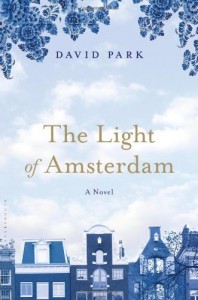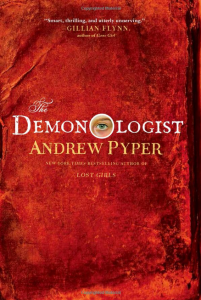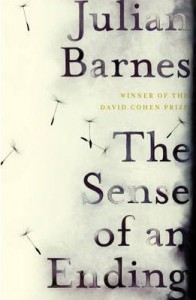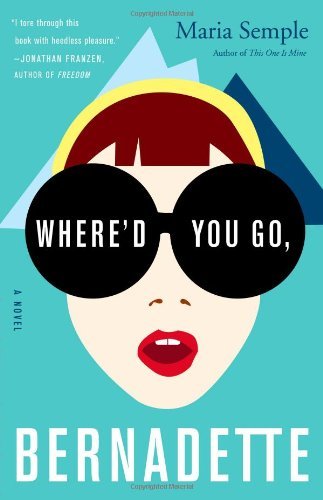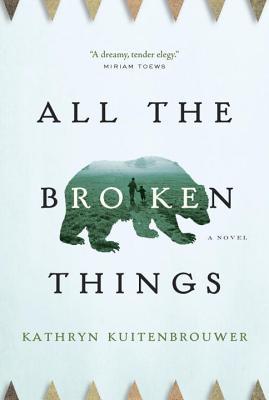Here are the last 3 books I devoured.
The Light of Amsterdam by David Park
A novel that often reads like interwoven short stories about misunderstandings and miscommunication. A December flight from Belfast to Amsterdam brings together the otherwise unconnected characters of this drama. We have a father and teenage son who are at odds, a single-mother and a spoiled daughter on her hen party (dippy girlfriends in tow), and an almost-retired couple who are losing touch with each other. The trip to Amsterdam changes them all for better or worst. Author David Park has written 7 books, including the hugely acclaimed The Truth Commissioner. I think Darren will like this novel. The book has a very European feel to it, complete with Irish slang and descriptions of Amsterdam’s nooks and crannies.
Opening lines:
Quote: The ink was black, the paper the same shade of blue as a bird’s egg he had found a week before. In their balanced elegance the capital G and B mirrored each other. Unlike most of the soccer signatures he collected which were largely indecipherable hieroglyphics — the bored scribbles of fleeing stars — this name was readable and perfectly formed.
The Light Of Amsterdam by David Park, published by Bloomsbury
The Demonologist by Andrew Pyper
A thrilling, and terrifying read, with lots of Milton’s Paradise Lost insights for the book nerds. A major departure for the bestselling author of Lost Girls, The Demonologist has the same literary prowess as Pyper’s other novels but is more like a literary version of Dan Brown’s The DaVinci Code. Professor Ullman is a world-renowned expert in Milton’s Paradise Lost. He’s a scholar but not a believer, until he witnesses demonic acts with his own eyes, including the possession of his daughter. An advance copy crossed my desk in early 2013 but since I was pregnant at the time, I waited until now to dip into the shadows of this book. I recommend it for Kiley who said she was looking for page-turner summer read. This is Canadian, literary, and creepy-crawly.
Opening lines:
Quote: The rows of faces. Younger and younger each term. Of course, this is only me getting older among the freshmen who come and go, an illusion, like looking out the rear window of a car and seeing the landscape run away from you instead of you running from it.
The Demonologist: A Novel by Andrew Pyper, published by Simon & Schuster
The Sense of an Ending by Julian Barnes
Winner of the Man Booker Prize. Add this to the classic school-boy novel list. Four boys meet during their formative years at school. One boy standout. One boy dies. One boy, now grownup, tells the tale. Barnes’ novels are so smart that they make me feel smart. This is a bit of a snobby book and I loved it. In some ways it reminds me of Fifth Business by Robertson Davies in that the reader must beware of an unconsciously unreliable narrator. I’m afraid to recommend this one for fear of identifying the snobby readers among us, but you know who you are.
Opening lines:
Quote: I remember, in no particular order:
a shiny inner wrist;
steam rising from a wet sink as a hot frying pan is laughingly tossed into it;
gouts of sperm circling a plughole, before being sluiced down the full length of a tall house;
river rushing nonsensically upstream, its wave and wash lit by half a dozen chasing torchbeams;
another river, broad and grey, the direction of its flow disguised by a stiff wind exciting the surface;
bathwater long gone cold behind a locked door.
This last isn’t something I actually saw, but what you end up remembering isn’t always the same as what you have witnessed.
The Sense of an Ending by Julian Barnes, published by Vintage Canada
